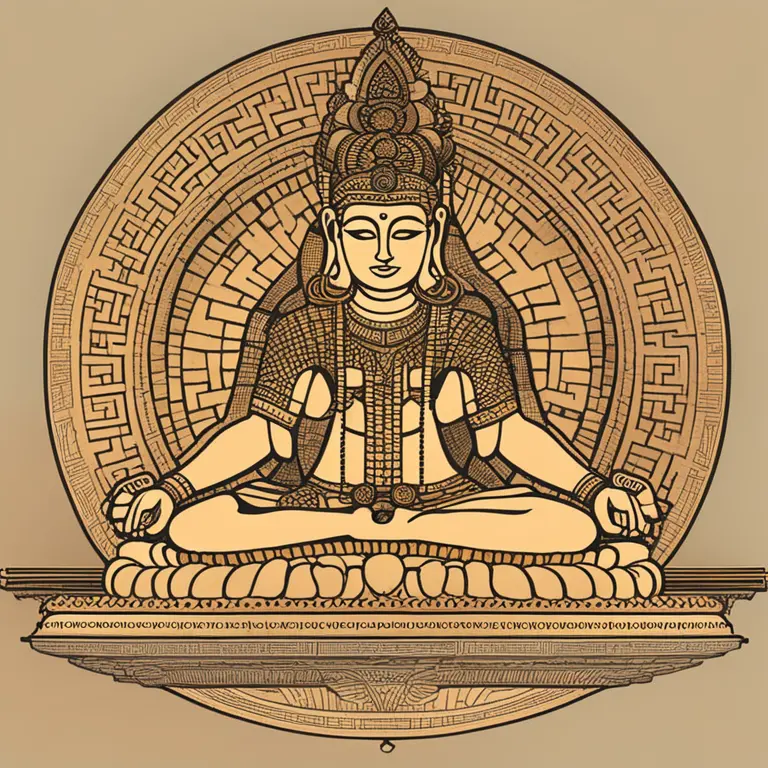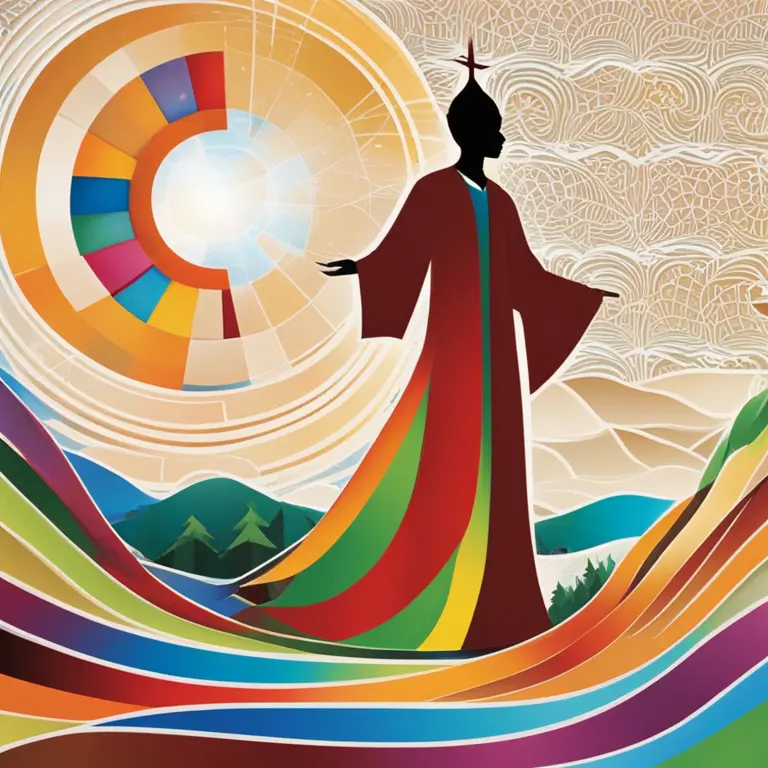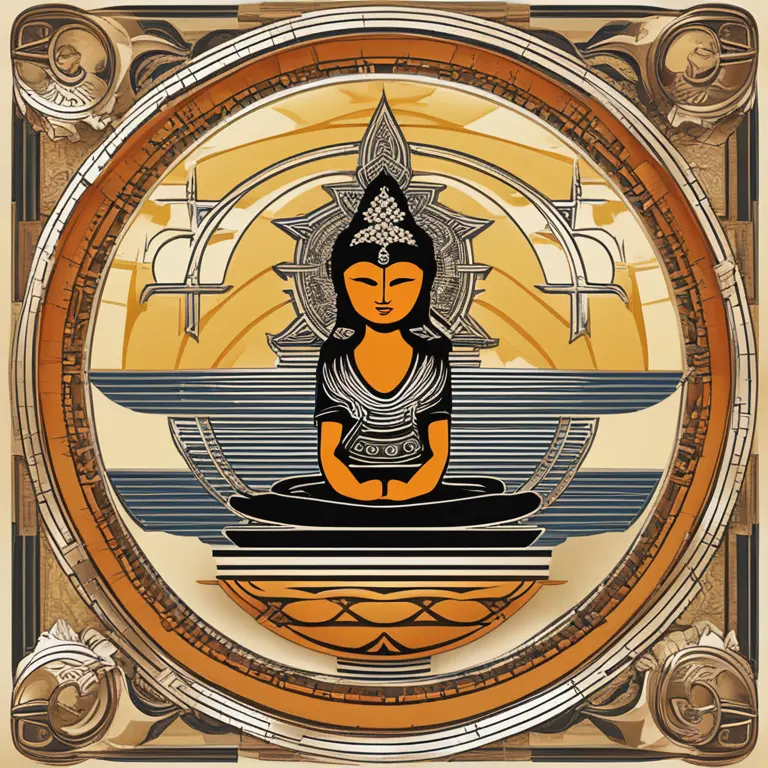
The Roots of Meditation Practice Explored
Trace the ancient beginnings and developmental journey of meditation, from its spiritual roots to contemporary practice.
article by Hina Kurosawa
The Dawn of Meditation
Meditation, now a widely practiced discipline across the globe, has its roots deeply embedded in the annals of human civilization. This revered practice began thousands of years ago, and while pinpointing its exact origin is challenging, historical documentation and archaeological evidence suggest its presence in ancient cultures. The earliest records of meditation practices appear in the Vedas, ancient Indian scriptures that date back to 1500 BCE or even earlier. Additionally, other forms of meditation were being developed in parallel across different regions, including China and other parts of Asia, each with their own unique styles and spiritual philosophies.

Convergence of Meditation Traditions
As human societies evolved, so did the practices of meditation, with influences spreading and converging from one culture to another. By 500 to 600 BCE, key figures such as Laozi in China and Buddha in India were central to the weaving of meditation into spiritual and philosophical teachings. Buddhism, particularly, played a significant role in formalizing meditation as a structured practice, detailing methods such as mindfulness and concentration that are still popular today. Moreover, the exchange of ideas along trade routes like the Silk Road helped to propagate these meditation techniques, laying the groundwork for a cross-cultural spiritual discipline.

Meditation Enters the Western Sphere
The transmission of meditation to the Western world is a more modern phenomenon, with significant movement in the 20th century. Key eastern figures, such as Swami Vivekananda in the late 19th century, began sharing knowledge on meditation through global platforms like the Parliament of the World's Religions in Chicago in 1893. Interest burgeoned in the 1960s and 1970s with the arrival of teachers like Maharishi Mahesh Yogi, who popularized Transcendental Meditation, prompting scientific interest and research into the meditative state and its potential benefits for health and wellbeing.

Scientific Interest and Modern Adaptations
In recent years leading to 2024, meditation has undergone a transformation with science playing a major role in its modern-day interpretation. Rigorous studies have explored its effects on mental health, stress reduction, and neuroplasticity. This scientific endorsement has further integrated meditation into the secular sphere, divorcing it from exclusive religious contexts and making it accessible to a broader population. Current technology has also embraced meditation, with the rise of virtual reality meditation sessions and the development of AI-driven apps that personalize meditation experiences for individual users.

Societal Integration and Future Prospects
Today's meditation practices range from traditional, instructor-led sessions to self-guided digital platforms. Mindfulness has become a buzzword in the corporate world, adopted by companies seeking to boost employee wellness. In educational settings, schools are implementing quiet time and mindfulness programs, attesting to meditation's value in fostering a calm and concentrated learning environment. Looking ahead, meditation is likely to continue its growth trajectory, evolving with technological advances and remaining a central component of holistic health and personal development for individuals around the world.
Published: 1/14/2024
Modified: 1/15/2024
More predictions
Come back here soon to learn more about yourself and your future


Healing Through Mindfulness: Meditation & Trauma Recovery
Mindfulness meditation offers a powerful tool for individuals seeking solace and healing from traumatic experiences. Discover how this practice can aid in the journey towards inner peace.


Mindfulness Meditation: A Handbook for High Schoolers
Discover how mindfulness meditation can benefit high school students, enhancing focus, reducing stress, and promoting overall well-being.


Harmonizing Life with Meditation Mantras
Delve into the transformative power of meditation mantras to align mind, body, and spirit for a harmonious existence.